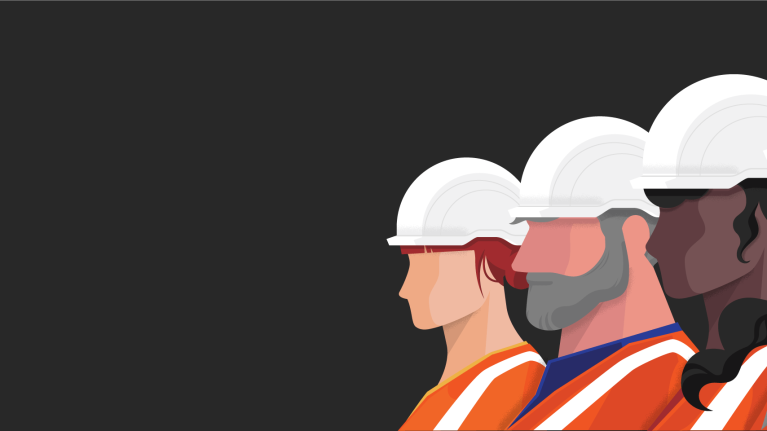
Article
Data & Analytics Are Transforming How We Build

Chapter 1
Introduction
On December 1, 1913, Henry Ford installed the first moving assembly line for the mass production of an entire automobile. Ford’s innovation reduced the time it took to build a car from more than 12 hours to just two hours and 30 minutes. This process innovation transformed manufacturing as it was known at the time and paved the way for economic growth on a massive scale. Disruptive innovation like that doesn’t come around everyday. But when it does, our perceptions of efficiency and efficacy are transformed overnight.
A decade ago, big data and analytics showed some promise of having a similar disruptive impact on the way folks manage modern businesses. Today, there is little remaining doubt. Virtually no one questions the value that analytics brings to the table. Yet, while other sectors of the global economy have embraced data and analytics, construction has seemed to lag behind. So, why has construction been slow to embrace the analytics revolution, and what opportunities does that present for early adopters of construction analytics?
Well for starters, construction is complex. For decades modern construction has been a “prototype” business, meaning many buildings are one of a kind. Making each project unique, with no clear predecessor to use as a roadmap. This makes applying data science or BI to mitigate risk difficult because afterall… How do you model something with a sample size of 1? As Brian Ringley, Construction Technology Manager for Boston Dynamics puts it “The construction environment is probably one of the most difficult to navigate. There are a ton of dynamics going on in the environment and the environment itself is temporary.” All of this makes collecting usable data extremely difficult.
Being able to apply analytics, machine learning, predictive analytics or any other element of an analytics practice to your construction business requires highly specialized tools for data collection and interpretation. This is where platform technologies like Procore come in. Platforms allow you to integrate information from across your tech stack creating a single source of truth for your construction data. They then provide analytics tools like dashboards, benchmarks or other forms of predictive insights to help you extract trends from larger datasets, visualize outliers and anomalies and ultimately make better more data driven decisions.
So, why go to all the trouble of adopting a specialized set of tools for applying data to my construction business? Because construction as an analog business cannot keep up with the increasing complexity of the world we live in. Construction firms have to deliver more with fewer resources and analytics is a tool designed to assist in this type of optimization.
For those who embrace analytics as a strategy, it will create greater transparency and visibility across their portfolio of projects and achieve greater accountability across their full project team. Their data will rapidly become their most powerful ally, and leveraging analytic tools will turn their project information into meaningful, actionable insights that will guide their businesses into the future.
We are at the beginning of a transformation in construction brought on by innovations in data and analytics. Applications of digital twin, virtual design, modular construction, robotics & robotics process automation are impacting construction today and are all empowered by data and analytics. Much like the assembly line changed manufacturing, making ford motor company an international powerhouse, data and construction analytics are ready and waiting to help elevate the next great enterprising construction firm. The question is, will that firm be yours or the other guys?
